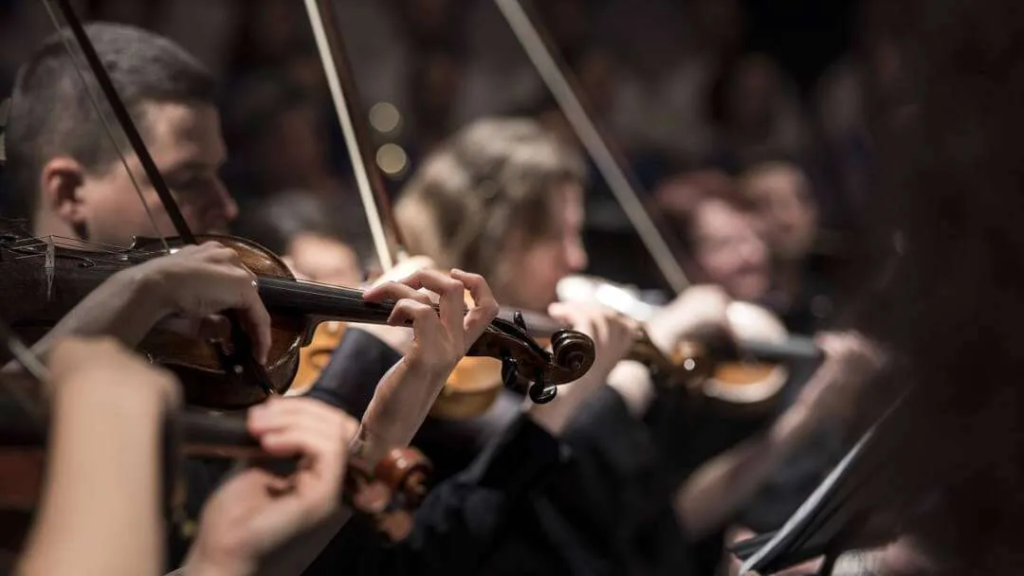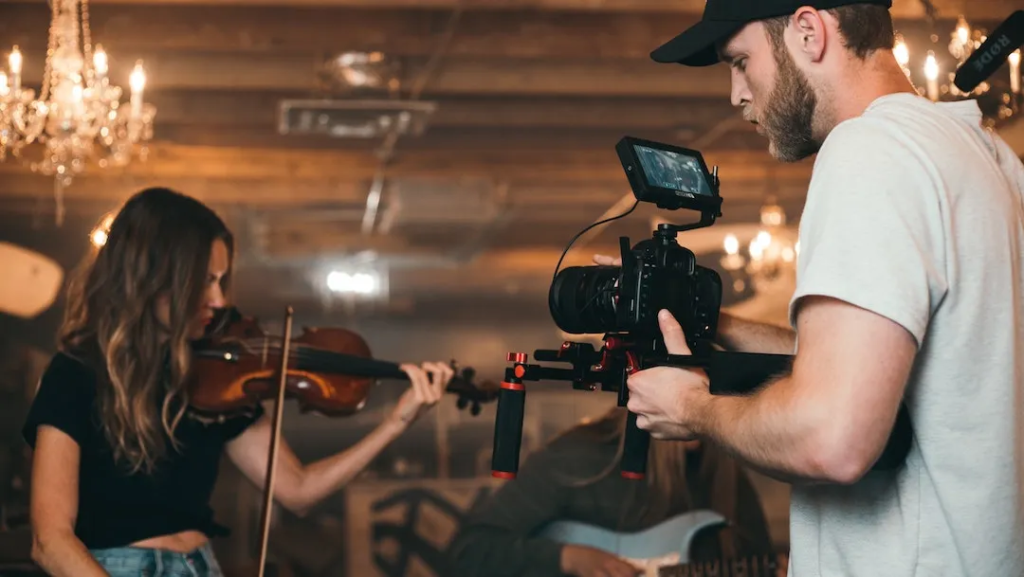
Introduction to cinematic music
Picture this: the screen fades to black, and a haunting melody begins to play. Instantly, your heart races or your eyes well up with tears. This is the magic of cinematic music—an art form that transcends mere sound. It weaves itself into the fabric of storytelling, transforming simple narratives into profound experiences.
From sweeping orchestral arrangements to subtle piano pieces, film scores have an unparalleled ability to transport audiences into different worlds. They enhance every twist and turn of a storyline while deepening emotional connections between viewers and characters. As you dive deeper into this exploration of cinematic music, you’ll discover how it shapes our perception and leaves lasting impressions long after the credits roll.
Join us on this journey through the powerful role that soundtracks play in films. Whether you’re a filmmaker seeking inspiration or simply a movie lover wanting to understand what makes those scenes so unforgettable, there’s something here for everyone who appreciates musical storytelling as part of their audio-visual experience.
The role of cinematic music in storytelling
Cinematic music serves as the heartbeat of storytelling in film. It guides emotions and shapes narrative arcs, often becoming inseparable from the visual experience.
As scenes unfold, film scores enhance key moments. A subtle melody can evoke a sense of nostalgia or anticipation, while a powerful crescendo amplifies tension. This dynamic interaction between sound and story creates an immersive atmosphere that draws viewers deeper into the plot.
Moreover, cinematic music provides context to characters and settings. Themes associated with specific figures can signal their motivations or foreshadow events. The right soundtrack enriches character development by giving audiences clues about inner thoughts and feelings without uttering a single word.
By expertly weaving musical elements into narratives, filmmakers transform simple visuals into profound emotional journeys. Through this synergy of sight and sound, cinematic music elevates storytelling to new heights.
The emotional impact of cinematic music

Cinematic music has a unique ability to tap into our emotions. It amplifies joy, sorrow, fear, and excitement with just a few notes. The right score can transport us deep into the narrative, making characters’ journeys feel personal.
Think of those iconic moments in film—when the music swells during a pivotal scene. You might find yourself holding your breath or shedding tears without even realizing it. That’s the magic of soundtracks; they serve as an emotional guide through the story.
Composers carefully craft melodies that linger long after credits roll. These scores become part of our collective memory, evoking feelings tied to specific scenes or characters.
Through layers of harmony and rhythm, cinematic music creates connections between viewers and what unfolds on screen. This profound emotional impact is what makes musical storytelling an essential part of any memorable film experience.
Techniques used in creating cinematic music
Cinematic music is an intricate craft. Composers use various techniques to evoke emotions and enhance narratives.
Layering is fundamental. By combining multiple instrumental tracks, composers create rich textures that draw listeners in. This depth adds complexity to the audio experience.
Another technique is thematic development. A recurring motif can signify characters or events, allowing audiences to connect emotionally with the story’s progression.
Dynamic contrast plays a crucial role too. Shifting between soft and loud passages can heighten tension or provide relief, guiding viewers through emotional peaks and valleys.
Orchestration also matters significantly. Choosing specific instruments for particular scenes shapes how audiences perceive moments within the film, making them feel more alive.
Sound design intertwines beautifully with film scores. Ambient sounds enhance musical elements, creating a seamless blend that immerses viewers fully in their cinematic journey.
Examples of successful use of cinematic music in films
One of the most iconic examples of cinematic music is John Williams’ score for “Star Wars.” The orchestral themes instantly evoke a sense of adventure and heroism.
Similarly, Hans Zimmer’s work in “Inception” masterfully blends sound with visuals. The layered compositions create tension that mirrors the film’s complex narrative.
Another standout is Ennio Morricone’s haunting melody in “The Good, the Bad and the Ugly.” Its unforgettable theme enhances the film’s gritty atmosphere and characters.
More recently, Hildur Guðnadóttir’s score for “Joker” immerses viewers into Arthur Fleck’s troubled mind. The unsettling sounds amplify his emotional turmoil throughout the film.
Each example showcases how well-crafted soundtracks elevate storytelling by reinforcing emotions and enhancing plot developments.
How filmmakers can effectively incorporate cinematic music into their storytelling

Filmmakers can elevate their narratives by thoughtfully integrating cinematic music throughout the storytelling process. It’s essential to consider the emotional journey of characters when selecting or composing soundtracks.
Begin with a clear understanding of each scene’s mood. A suspenseful moment may call for tense, discordant notes, while tender interactions benefit from softer, melodic themes. The right score can seamlessly guide audience emotions.
Collaboration is key. Working closely with composers ensures that the music aligns perfectly with visual elements and dialogue. This partnership creates an immersive audio-visual experience.
Timing also plays a critical role in effective musical storytelling. Cueing music at pivotal moments amplifies impact and enhances dramatic tension or resolution.
Don’t shy away from silence—sometimes less is more. Silence allows audiences to absorb powerful visuals before music enters to heighten emotional resonance further.
Conclusion: The lasting impression of cinematic music on audiences
Cinematic music creates a profound connection between the audience and the story being told. It amplifies emotions, enhances narratives, and enriches the audio-visual experience that filmmakers strive to create. The right film score can transform a simple scene into something unforgettable.
This power lies in its ability to evoke feelings and memories, drawing viewers deeper into the world of the film. Whether it’s an intense orchestral piece during a climactic moment or a subtle melody accompanying a tender scene, cinematic music leaves an indelible mark on audiences.
As we engage with stories through soundtracks that resonate emotionally, we’re reminded of how integral music is to narratives across all genres. Each note contributes to our understanding of characters’ journeys and themes at play.
Cinematic music is more than just background noise; it’s an essential companion in storytelling that shapes our perceptions long after the credits roll. Its lasting impression solidifies not only what we’ve seen but also how we felt during those moments—a powerful testament to its role in film history and future storytelling endeavors.
Stay tuned for more updates only on QAWire


